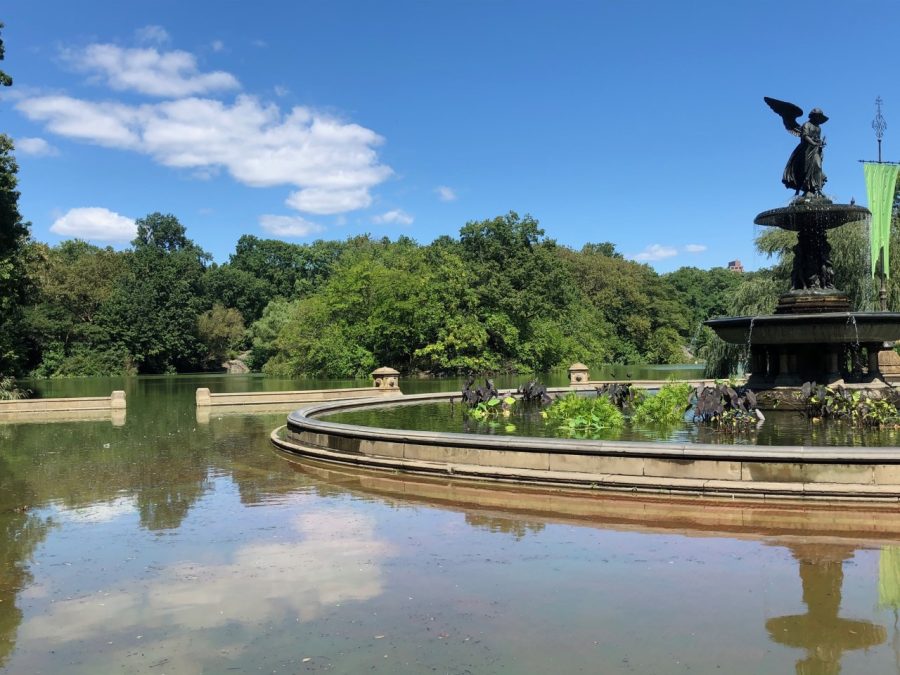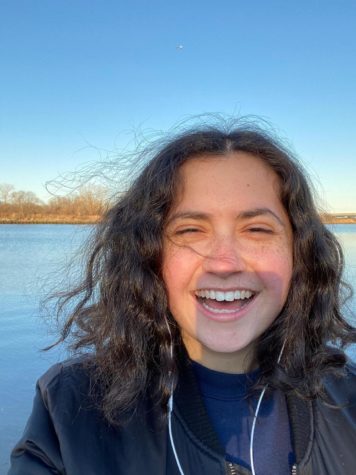Central Park Climate Lab to study effects of climate change on parks
February 18, 2022
Hurricanes, record breaking heat waves and torrential downpours.
These deadly effects of climate change are seen nationwide and around the world, destroying homes, flooding communities and bringing physical harm to the elderly and unhoused.
But those are not the only ways that climate change affects communities — even the public parks and greenspaces are negatively affected. A new partnership based in New York City’s most well-known park is aiming to study and understand these effects.
The Central Park Conservatory is partnering with the Yale School of the Environment and the Natural Areas Conservancy, based in New York City, to create the Central Park Climate Lab.
This lab will study the impacts of climate change and global warming on Central Park, with the intention of finding a way to scale up this research to benefit other New York City greenspaces and parks all around the United States in the future.
“With about 55% of the world’s population now living in urban areas, urbanization plays an increasingly important role in how we manage and mitigate the impact of global climate change,” Yale School of the Environment professor of Geography and Urbanization Science Karen Seto said, according to the press release. “This collaboration aims to use mapping and other tools to develop urban interventions to protect their urban parkland and use them to mitigate and adapt to climate change.”
While the Central Park Climate Lab doesn’t mean there will be a physical lab set up in the park, it does mean that researchers will begin to study ways to adapt urban parks to be more resilient to the effects of climate change.
“The Central Park Conservancy initiated this effort after experiencing the effects of climate change on our management of Central Park,” Central Park Conservancy President and CEO Elizabeth Smith said according to the press release. “Severe weather events, such as unprecedented rainfall, blizzards, high winds and extreme heat and cold, strain resources and impact Central Park’s tree canopy, plants and wildlife, all of which are vital to the health of our city and its residents.”
The lab is expected to come up with a three-tier plan that has resources and tools for cities to use to help their greenspaces in the face of unprecedented climate change, according to Salmaan Khan, the Central Park Climate Lab’s director of research and special projects. Khan hopes lab operations will begin this year on Earth Day, April 22.
One of these tools is satellite remote sensing to detect changes in species’ numbers and flowering. Another will be studying soil samples to find changes in moisture.
“The Natural Areas Conservancy is thrilled to partner with the Central Park Conservancy and the Yale School of the Environment on this groundbreaking initiative,” the Natural Areas Conservancy Executive Director and co-founder Sarah Charlop-Powers said per the press release. “Our organization has spent years researching the unique role that natural area parkland in cities — forests, wetlands and grasslands—can play in mitigating climate change. This project will shine a light on the importance of urban natural areas in addressing the climate crisis.”








